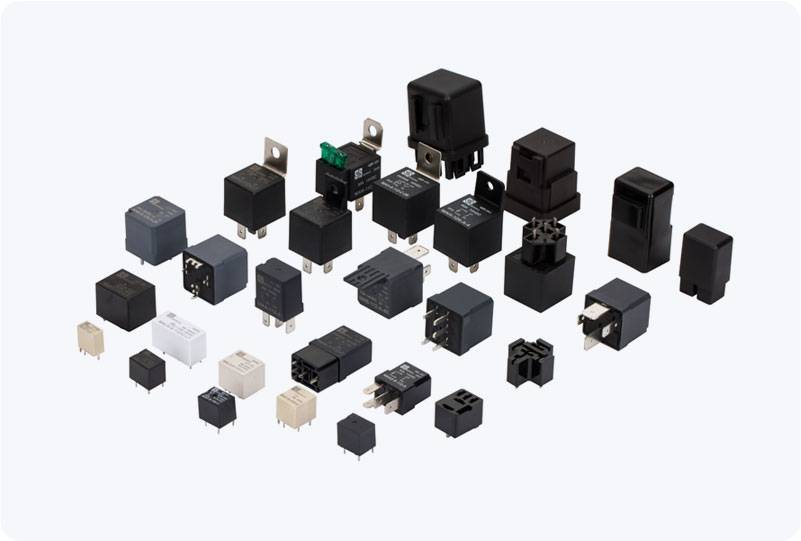understanding high current relays: essential components for power management
Release time:2025-04-22 13:13:56
High current relays are critical components in electrical systems, designed to handle and switch large amounts of electrical power. These relays are utilized in various applications where high currents need to be controlled or switched, including industrial equipment, automotive systems, power generation, and renewable energy solutions. This article will delve into what high current relays are, how they work, their applications, and why they are indispensable in modern electrical systems.

What is a High Current Relay?
A high current relay is an electromechanical switch used to control circuits carrying high currents, typically above 10 amps. Unlike standard relays, which handle lower currents, high current relays are built with specialized materials and components to ensure they can handle the substantial heat and mechanical stress that comes with carrying large currents.
These relays are constructed with larger contacts that allow them to withstand the higher thermal and electrical stresses of high-power circuits. They also feature robust coil systems that ensure reliable switching in demanding environments. High current relays are designed to handle both AC (alternating current) and DC (direct current) applications, depending on the specific needs of the system they are integrated into.


